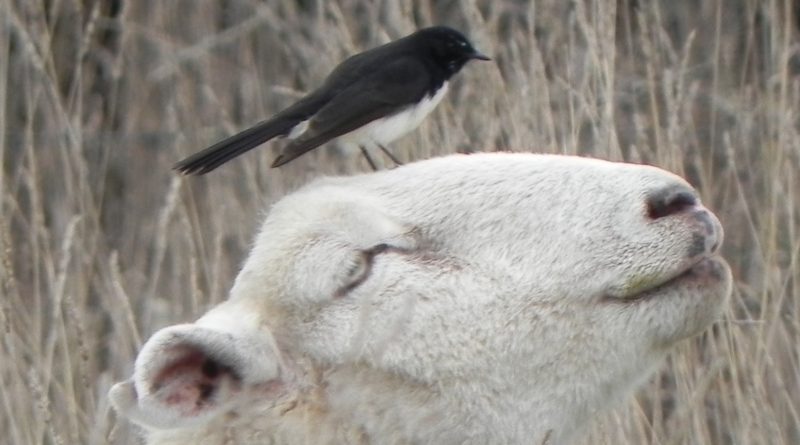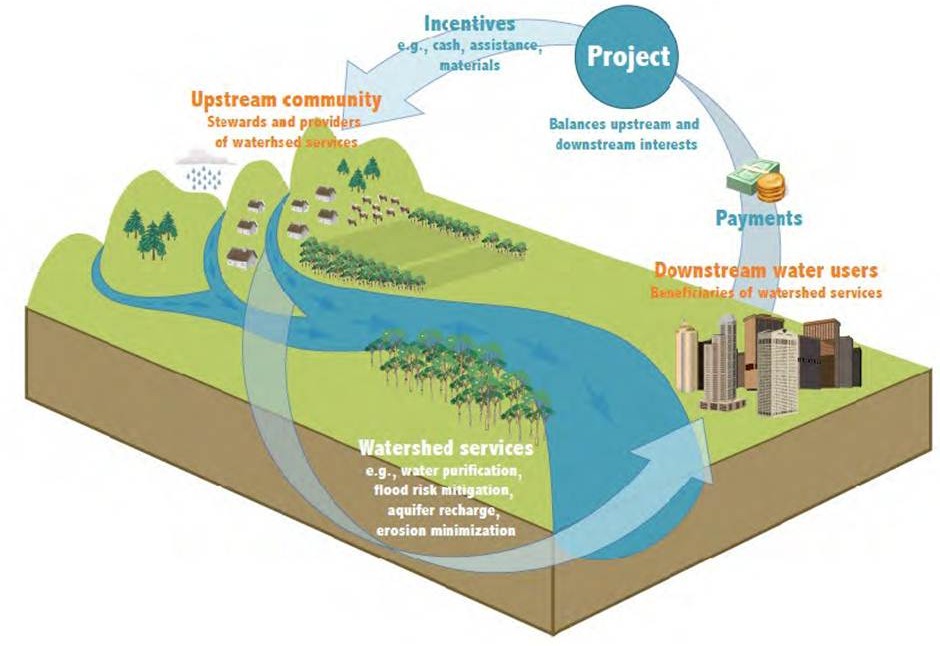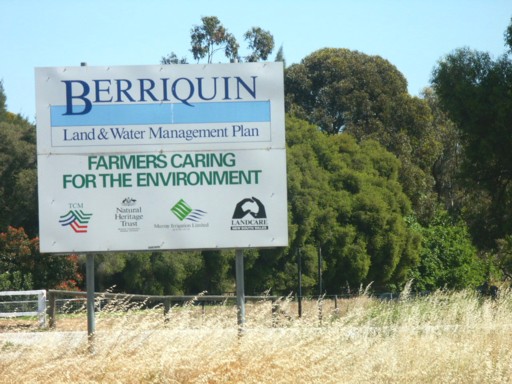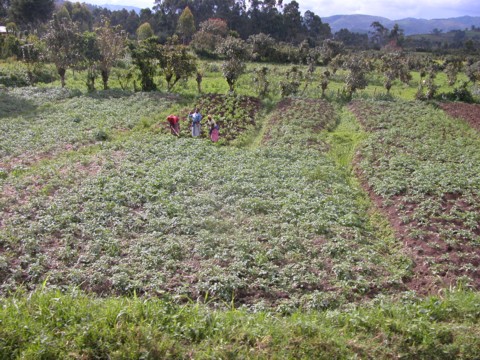BirdCast gives farmers a web tool to identify birds
New webtool enables farm family members to identify the birds present and likely to move in when existing woodlands are protected and enhanced or when revegetation with native species is undertaken.
BirdCast is a planning tool for farmers that can be used to indicate which bird species may live in woodland areas on farms. It was developed by the Australian National University’s under the Sustainable Farms initiative.
BirdCast is unique because it enables decades of research undertaken on farms by the Sustainable Farms team to be accessed in an interactive way by farmers to help inform on-farm decision making around remnant management and revegetation.
The tool allows the user to assess the potential for enhancing bird diversity in a range of scenarios.
“With many species of native wildlife under threat and biodiversity declining worldwide, farmers have an opportunity to contribute to protecting woodland areas on farms, thereby creating habitat for a number of species,” Sustainable Farms Lead Scientist Professor David Lindenmayer said. “The BirdCast tool enables farmers to predict what birds might utilise woodland areas on their farm, and to understand how bird occupancy might change under a range of scenarios.
“It gives farmers a solid indication of how their own changes in management might have a real-world impact on biodiversity.”
BirdCast is based on a statistical model drawing on 17 years of empirical data on 62 bird species in individual woodland areas. The estimates it creates are suitable for remnant Box Gum Grassy Woodland or planted eucalypt woodland (often shelterbelts) on grazing or mixed farms in the NSW South West Slopes and parts of the Central West, Murray-Riverina and north east Victoria. Five species of conservation concern are included in these estimates.
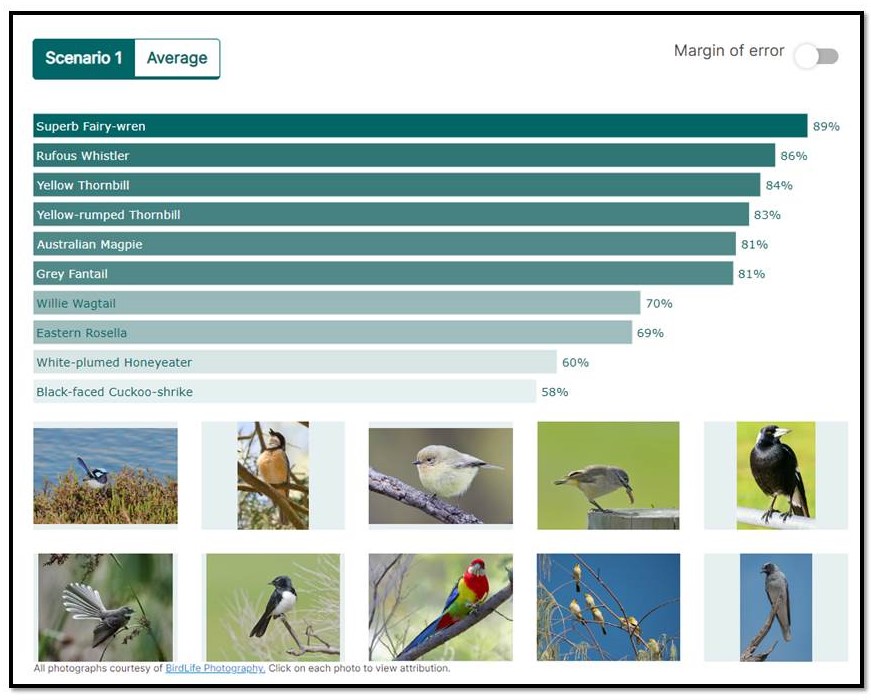
Figure: Moffitts Farm case study using the BirdCast app. It shows the 10 most likely species of the sixty birds estimated by BirdCast, to occupy woodland areas on Moffitts Farm.
“It can sometimes be challenging for the people who are the stewards of our amazing landscapes to access real science to inform their decisions,” Lindenmayer said. “It’s absolutely vital that wildlife is monitored over timescales of decades, not just years, so that we can understand the impact that land management changes, climate and other factors have on our wildlife. This tool is a direct output of this long-term monitoring, with real-world impacts for farmers making decisions about their land.”
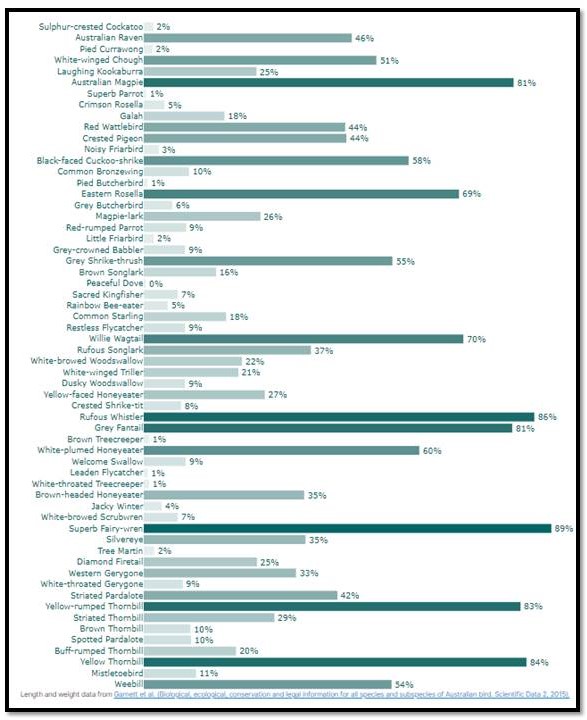
Figure: Moffitts Farm case study. BirdCast estimates occupancy probability for every species on the farm.
The model and web interface was built by statistician Kassel Hingee. BirdLife Photography provided the bird photos used in the app. It is anticipated that BirdCast will be a particularly useful for NRM organisations and Landcare groups who are working alongside farmers to improve woodlands on farms.
BirdCast also provides the option for users to export reports based on the information they input into the app.
Find out more:

